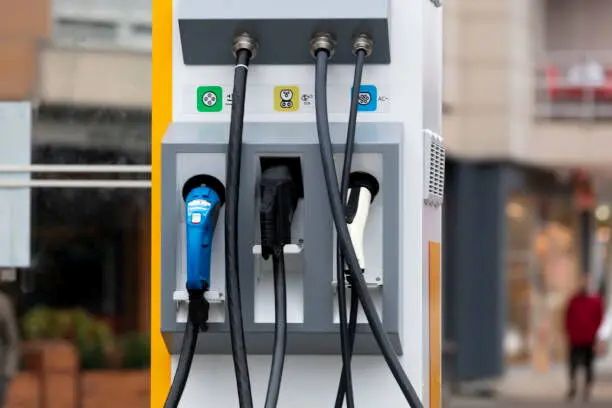


AC EV Charging in Europe: Powering the Future of Clean Mobility
AC EV Charging in Europe: Powering the Future of Clean Mobility
Topper Company is a professional EV charger manufacturer in China, providing dependable electric vehicle charging stations and comprehensive solutions.
As electric vehicles (EVs) surge in popularity across Europe, the region has made impressive strides in building a reliable, accessible, and standardized charging infrastructure. At the center of this transformation is AC charging, enabled by the Type 2 connector—a standardized solution that has helped streamline EV adoption from urban centers to rural roads.
In the early days of EV adoption, Europe faced a confusing landscape of proprietary plugs and incompatible charging systems. This lack of harmonization frustrated drivers and slowed infrastructure growth. Recognizing the issue, the European Union mandated the Type 2 connector—developed by Germany’s Mennekes—as the standard for AC public charging in 2014.
Type 2’s robust design supports both single-phase and three-phase charging, making it ideal for the diverse electrical grids across Europe. Today, this plug-and-play solution ensures interoperability across borders, enabling EV drivers to charge seamlessly in any EU or EFTA country.
Power & Flexibility:
Type 2 supports charging rates from 3.7 kW (home) up to 43 kW (public), accommodating both modest home charging needs and higher-capacity public stations.
Interoperability:
With universal adoption across Europe, Type 2 eliminates compatibility issues, reducing range anxiety and supporting cross-border mobility.
Smart Features:
Type 2 connectors allow intelligent communication between EVs and chargers, enabling dynamic load balancing, safety checks, and smart grid integration.
While DC fast chargers are vital for long-distance travel, the bulk of EV charging happens at home, at work, or in public spaces where cars are parked for longer periods. Here, high-power AC chargers—up to 22 kW—offer an efficient, cost-effective solution.
Typical single-phase home chargers provide 7.4 kW, while three-phase setups enable up to 22 kW. This allows most EVs to recharge fully overnight or during a workday, without requiring expensive infrastructure upgrades.
Versatility: Deployed across homes, offices, retail spaces, and city streets
Cost-Effectiveness: Lower hardware and installation costs than DC alternatives
Renewable Integration: Easily paired with solar or wind systems for green charging
Smart Energy Management: Supports dynamic load balancing and off-peak charging
Wider Deployment: More chargers per euro invested, increasing access for all
European cities are creatively expanding AC access. Retrofitting lamp posts with compact AC chargers (e.g., by Ubitricity and Shell Recharge) is gaining traction in dense urban areas. Businesses, workplaces, and residential complexes are also rapidly adopting AC charging to support employees and customers—often backed by EU and national incentives.
AC chargers play a pivotal role in supporting smart grids and renewable energy goals. As millions of EVs connect to the grid, smart AC chargers can adjust usage in real time, promoting energy efficiency and stability. The next leap—vehicle-to-grid (V2G)—will allow EVs to feed power back into the grid during peak demand.
Europe’s target of 30 million zero-emission vehicles by 2030 hinges on accessible, standardized charging infrastructure. The Type 2-based AC system has proven scalable, reliable, and future-ready.
AC EV charging, anchored by the Type 2 connector, is more than a convenience—it’s a cornerstone of Europe’s clean transport revolution. By prioritizing compatibility, accessibility, and smart energy integration, Europe is setting a global benchmark for how charging infrastructure can empower a greener, more connected future.Know more about Google SEO Directory
